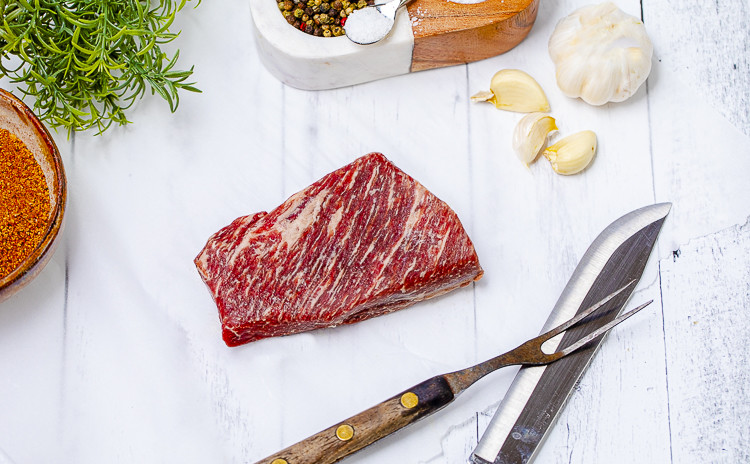Cooking a cow head.
posted on
June 25, 2024
Is the cow head processed? Do people purchase the cow head?
The quick answer is yes. This culinary tradition is appreciated in diverse cultures across the world! Before ordering a whole beef head, make sure to check with your farmer or the butcher shop. The USDA regulations do restrict some butcher shops from selling parts of the beef head or the head in general.
What parts are most commonly ordered?
Tongue, cheek meat, and the whole head
Although the tongue is the most common part of the cow head that are sold and people are familiar with, the cheek meat and the whole head are also commonly sold and eaten, as the head can render, on average, 7 pounds of meat. This delicacy is rare in the United States, as Federal and USDA regulations prohibit the sale of cow heads in some states. Keep in mind there are a multitude of countries and cultures that use most parts of the animal, including the cow head.
Go big or go home; Texans know how to cook! This includes the cow head. The number one recipe for a cow head is Barbacoa.
The traditional way to cook a cow head is slowly cooking it in the ground. However, the in-ground hog roasting method is almost extinct because of the health department.
Besides all the regulations, a whole cow head can be purchased and slow cooked in the oven, on the grill, or in a smoker. Every bit of the cow head, meat, eyes, tongue, cheeks, and brains are consumed. The brains are said to have a smooth texture of sweetbreads. If you are from the era or you are a hunter, you might be aware of the "head cheese" recipe.
Be adventurous and look at how the cow head is used around the world and try one out for yourself.
In Mexico, tacos are a popular street food. These tacos feature meats sourced from the head of a cow or goat, including parts like cheeks, tongue, and brains. Two popular recipes are Cabeza and Barbacoa.
In France, Italy, Germany, and Spain: Head cheese, made with the brains of the animal are a common recipe.
In Italy: veal cheek, or "guancia di vitello," has recently risen in culinary popularity.
In South Africa: Braai (Barbecue) Style, Potjie (Stew) Style, Umngqusho (Maize and Bean Stew) with Cow Head, Bunny Chow with Cow Head, Smiley Sliders are all very popular recipes for cow heads.
The bottom line is that you shouldn't be afraid to try something new. Many parts of the animal have been eaten and served in restaurants for many years. Recipes have been shared for generations. This year, step out of your comfort zone and try something new.
Recipe Links:
Pitso's Deboned Cow head (afternoonexpress.co.za)
Boiled Cow's Head (Tête de Veau) | Saveur
Recipe: German-Style Head Cheese (Souse) - Burnt My FingersBurnt My Fingers
Videos:
Cow Head Tacos!! WILD Mexican Street Food in Yucatan!! (youtube.com)
How to Eat a COW HEAD (DIY Barbacoa) (youtube.com)
Regulations" class="redactor-autoparser-object">https://recipes.net/articles/h... Butches Follow:
Meat Regulations for Producers – Niche Meat Processor Assistance Network (nichemeatprocessing.org)




